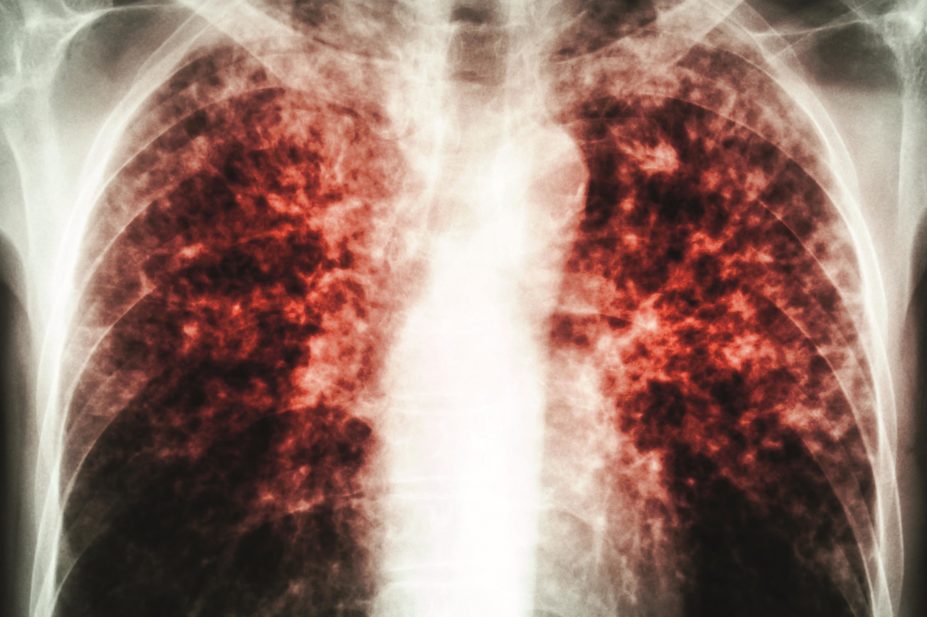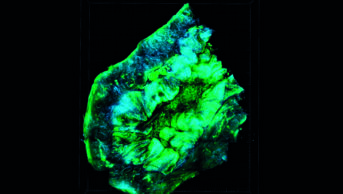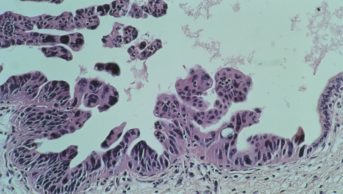
Shutterstock.com
Recently approved bedaquiline is an effective but toxic treatment for multidrug-resistant tuberculosis. Researchers at the Johns Hopkins University School of Medicine in Baltimore, Maryland, have shown that giving lower doses of the drug to mice along with the calcium channel blocker verapamil can result in the same antibacterial effects as the full human bioequivalent dose of bedaquiline[1]
. Verapamil also protected against the development of resistant mutants in vivo.
Previous studies have shown that verapamil inhibits bacterial efflux pumps from expelling antibiotics and thereby reduces the chance of antimicrobial resistance developing.
“Shortening treatment regimens and reducing the required doses may be a promising strategy to reduce the incidence of bedaquiline-related adverse effects and thereby improve multidrug-resistant TB treatment outcomes,” says Shashank Gupta, a researcher at Johns Hopkins.


